This Chicago chef won Season 2 of Food Network's '24 in 24: Last Chef Standing'
Published in Entertainment News
CHICAGO — Food Network’s latest high-stakes cooking competition series brought together 24 chefs from across the country to battle it out over a grueling 24-hour period, aptly named “24 in 24: Last Chef Standing.” And the last chef standing for its second season is Chicago’s Jonathon Sawyer, chef partner of the Loop’s Kindling.
“I don’t think there’s anything like this because it’s such a microcosm of our competitiveness,” Sawyer told the Tribune. “Other shows that are maybe as big, like ‘Tournament of Champions,’ where you have 32 chefs, they go on and they film for three-and-a-half weeks — almost like chef summer camp. But for (“Last Chef Standing”) next thing you know, you’re 12 hours in and you’re like, “OK I’ve never filmed TV for this long before where I’ve never not sat down.”
The competition — filmed over a continuous 24 hours — is divided into eight episodes and eight “shifts,” each featuring a rapid-fire culinary challenge designed to test various skills such as speed, resourcefulness, artistry, adaptability, endurance and creativity.
Hosts Michael Symon and Esther Choi required chefs to do many obscure challenges throughout the series — such as asking them to identify seven ingredients used in a bowl of pasta in 90 seconds while blindfolded. The number of ingredients guessed correctly was the number of ingredients they could use to create a noodle-based dish.
“In terms of preparation, there’s nothing you can do that mimics what you are going to go through in that show,” Sawyer said.
Over the years, Sawyer has participated in several Food Network culinary competitions, including “Iron Chef America,” “Chopped Tournament of Champions” and “Bobby’s Triple Threat.” He said the lineup of chefs in “Last Chef Standing” “was one of the most talented I’ve ever gone against.”
Chicago chef Stephanie Izard also competed on the show and secured a spot in the final five along with Sawyer and chefs Kevin Lee from Edmond, Oklahoma, Bryan Voltaggio from Frederick, Maryland, and Nini Nguyen, who’s based in New Orleans.
Sawyer said every chef on “Last Chef Standing” had been in a previous culinary competition. They all had their own strategies when competing, and the margin of error is almost always small, he said.
“There’s gameplay involved with everything,” he said.
Sawyer said he consulted with a bunch of chefs who competed during the first season of the show to get an idea of how to handle the twists and turns, and the “breaks” offered to the competitors as a strategic advantage. According to the Food Network, competing chefs can choose to go to the breakroom, skipping the next challenge and advancing to the next shift. Though the hosts give a fair warning that “resting now could lead to pain later,” Sawyer said with a laugh.
“It seems like everybody who chose to take a nap was pretty much eliminated right afterward, because it’s almost impossible to come out of that break and go right into competition mode,” Sawyer said.
During one challenge, the chefs had their gas lines shut off by the hosts, which significantly affected their ability to cook.
“I was gobsmacked with my mouth open, like, oh my god, I cannot believe this is happening right now,” Sawyer said with a laugh, adding that a previous advantage allowed him to sit out that grueling challenge. “But that was the whole point of adaptability. I’m in a wood-fired restaurant now and we have two hubs, and there are times where the hood vent doesn’t work and we just have to twist and adapt. We’re not going to close our doors, so we’re going to run a modified menu, or we’re going to grill everything in advance.”
At Kindling inside the Willis Tower, Sawyer focuses on hearth-fired cuisine, blending seasonal ingredients with innovation.
Sawyer won the grand prize of $75,000 with a spice-roasted rack of lamb, chanterelles, apricots and uni on top of a silky sunchoke puree. Food Network judges praised the dish as “fearless, balanced and technically immaculate.”
He’s donating a portion of his winnings to the Sawyer Foundation, a nonprofit he founded to support hospitality professionals seeking sobriety, reentry to the industry and supplying ongoing recovery resources.
“’I’m now three years sober — we started this conversation to give people an opportunity to find their way to recovery inside of this industry,” Sawyer said. “I don’t think a lot of people realize that I checked myself into rehab, and that’s how I got sober. I think coming out of that recovery, whether it’s inpatient or outpatient, that’s another facet of the Sawyer Foundation — facilitating societal reintegration. What does a job look like now that you’re sober? What are your opportunities?”
Sawyer said restaurant kitchens can be an unforgiving place for people fighting addiction, but he’s hoping he can be a real-world example of what recovery looks like.
“As this season concludes, and as every show that I’m on after this, a big part of my conversation is to eliminate the stigma and champion awareness that addiction is affecting up to 40% of our industry,” he said. “We need to have people understand that everybody from Robert Downey Jr. to Dax Shepard to Jonathan Sawyer, all suffer in a different way and are able to navigate and be successful, so you can too.”
©2025 Chicago Tribune. Visit chicagotribune.com. Distributed by Tribune Content Agency, LLC.
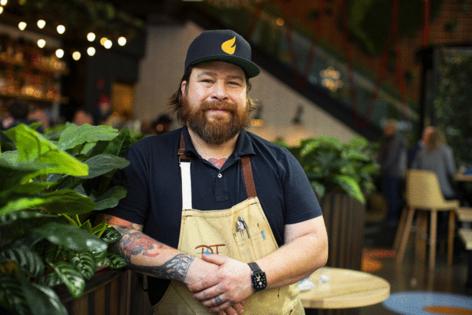
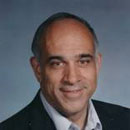

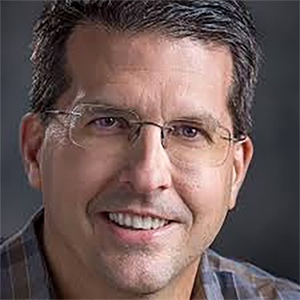
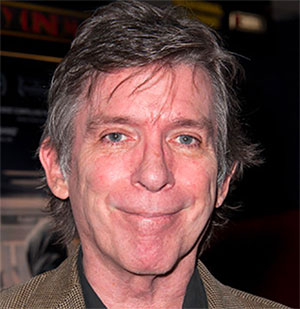
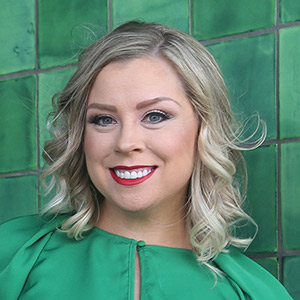

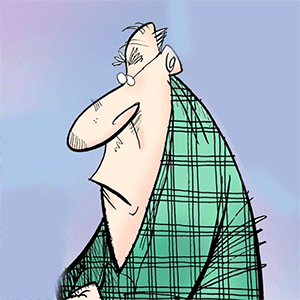





Comments